Home>Kitchen & Cooking>Kitchen Gadgets & Utensils>How To Clean Rust Out Of Cast Iron Kettle
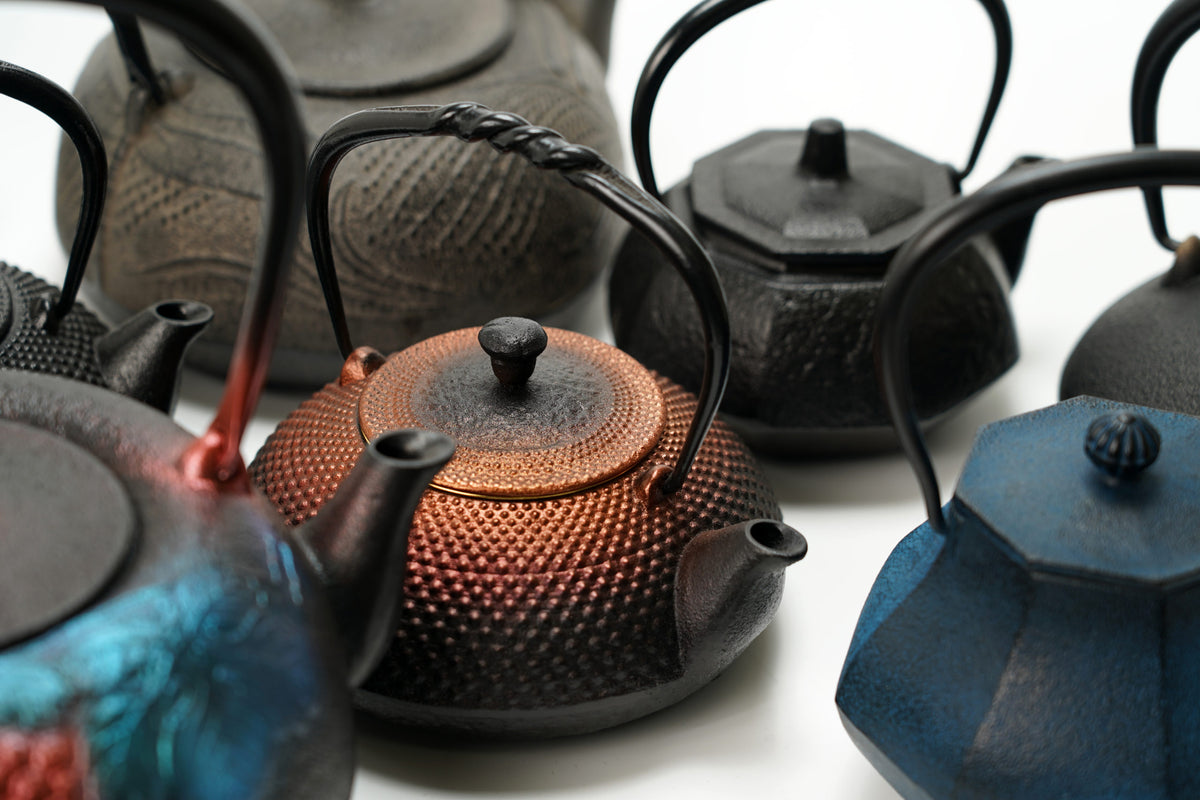

Kitchen Gadgets & Utensils
How To Clean Rust Out Of Cast Iron Kettle
Modified: March 19, 2024
Learn how to effectively remove rust from your cast iron kettle with our easy-to-follow guide. Keep your kitchen gadgets and utensils in top condition with our expert tips.
(Many of the links in this article redirect to a specific reviewed product. Your purchase of these products through affiliate links helps to generate commission for Storables.com, at no extra cost. Learn more)
Introduction
Welcome to the world of cast iron kettles, where timeless tradition meets unparalleled durability. Cast iron kettles have been a staple in kitchens for centuries, revered for their ability to evenly distribute heat and enhance the flavor of beverages. However, over time, these beloved kettles may develop rust, which can compromise their performance and aesthetics. Fear not, as with the right techniques and a bit of elbow grease, you can restore your cast iron kettle to its former glory.
In this comprehensive guide, we will walk you through the process of cleaning rust out of a cast iron kettle, ensuring that it continues to serve you for years to come. From gathering the necessary materials to seasoning the kettle after rust removal, each step is designed to help you achieve optimal results. So, roll up your sleeves and get ready to revive your cast iron kettle with our expert tips and tricks.
Key Takeaways:
- Revive your cast iron kettle by soaking it in a vinegar solution, scrubbing with steel wool, and applying a baking soda paste to remove stubborn rust spots. Then, season it with oil for a lustrous protective coating.
- Keep your cast iron kettle rust-free by maintaining its protective coating through proper seasoning, drying after use, and gentle cleaning. Embrace the timeless charm and enduring quality of this kitchen essential.
Read more: How To Clean Cast Iron Kettle
Materials Needed
Before embarking on the rust removal journey, it’s essential to gather the right materials to ensure a successful outcome. Here’s what you’ll need:
- Vinegar: White vinegar is a powerhouse when it comes to rust removal. Its acidic nature helps break down the rust, making it easier to scrub away.
- Baking Soda: This versatile ingredient not only aids in rust removal but also acts as a gentle abrasive, helping to lift stubborn rust stains.
- Steel Wool or Wire Brush: Opt for a fine-grade steel wool or a wire brush specifically designed for cast iron to scrub away the rust without damaging the kettle’s surface.
- Water: A steady supply of water will be essential for rinsing the kettle and diluting the cleaning solutions.
- Paper Towels or Clean Cloth: These will come in handy for drying the kettle and wiping away any residual rust or cleaning agents.
- Vegetable Oil: High-smoke-point oils like vegetable oil or flaxseed oil are ideal for seasoning the cast iron kettle after rust removal.
- Oven or Stovetop: To properly season the kettle post-cleaning, you’ll need a source of heat, such as an oven or stovetop.
- Gloves and Eye Protection: Since you’ll be working with cleaning solutions and potentially abrasive materials, protective gloves and eye gear are crucial for safety.
With these materials at your disposal, you’ll be well-equipped to tackle the rust and restore your cast iron kettle to its former glory.
Step 1: Scrubbing the Rust
Now that you have assembled your materials, it’s time to roll up your sleeves and begin the rust removal process. Follow these steps to effectively scrub away the surface rust from your cast iron kettle:
- Prepare the Cleaning Solution: Start by creating a mixture of equal parts white vinegar and water in a container large enough to submerge the affected areas of the kettle. The acidic properties of the vinegar will help break down the rust.
- Submerge the Kettle: Carefully place the cast iron kettle in the vinegar solution, ensuring that the rusted areas are fully submerged. Let it soak for several hours or overnight, allowing the vinegar to work its magic on the rust.
- Scrub with Steel Wool: After soaking, use a fine-grade steel wool or a designated cast iron wire brush to gently scrub the rusted areas. Apply moderate pressure and work in circular motions to lift the rust from the surface. Be patient and thorough in your approach.
- Rinse and Inspect: Once you’ve scrubbed the rusted areas, thoroughly rinse the kettle with water to remove any remaining vinegar and rust particles. Inspect the kettle to determine if any stubborn rust spots persist.
By diligently following these steps, you’ll effectively remove the majority of surface rust from your cast iron kettle, setting the stage for the next phase of the restoration process.
To clean rust out of a cast iron kettle, scrub the rust with a mixture of equal parts white vinegar and water. Rinse and dry thoroughly, then season the kettle with a thin layer of vegetable oil to prevent future rust.
Step 2: Removing Stubborn Rust
While the initial scrubbing may have successfully eliminated most of the surface rust, some stubborn spots may require additional attention. Here’s how to tackle those persistent rust stains and ensure your cast iron kettle is thoroughly revitalized:
- Create a Baking Soda Paste: Mix baking soda with a small amount of water to form a paste with a toothpaste-like consistency. This paste will serve as a gentle abrasive to target stubborn rust without harming the cast iron.
- Apply the Paste: Using a soft cloth or a designated scrubbing pad, apply the baking soda paste to the remaining rust spots on the kettle. Focus on each area individually, ensuring thorough coverage.
- Scrub Gently: With the paste applied, gently scrub the rusted areas using circular motions. The mild abrasive properties of the baking soda will aid in lifting the stubborn rust without damaging the kettle’s surface.
- Rinse and Dry: Once you’ve addressed the remaining rust spots, thoroughly rinse the kettle with water to remove the baking soda paste and any loosened rust particles. Use paper towels or a clean cloth to dry the kettle completely.
- Inspect and Repeat if Necessary: After drying the kettle, inspect the previously stubborn rust spots. If any remnants persist, repeat the baking soda paste application and gentle scrubbing until the rust is completely removed.
By following these steps, you’ll effectively target and eliminate any lingering stubborn rust, ensuring that your cast iron kettle is free from blemishes and ready for the final phase of the restoration process.
Step 3: Seasoning the Cast Iron Kettle
With the rust successfully removed, it’s crucial to re-season the cast iron kettle to restore its protective coating and prevent future rusting. Seasoning not only enhances the kettle’s non-stick properties but also imparts a rich, lustrous patina. Follow these steps to season your cast iron kettle to perfection:
- Preheat the Oven: Preheat your oven to 350°F (175°C) while ensuring that the oven rack is positioned in the center.
- Apply Oil: Using a paper towel or cloth, apply a thin, even layer of vegetable oil or flaxseed oil to the entire surface of the cast iron kettle, including the interior and exterior. Ensure that the oil is evenly distributed to form a glossy coating.
- Place in the Oven: Position the oiled kettle upside down on the center oven rack, with a sheet of aluminum foil placed on the lower rack to catch any drips during the seasoning process.
- Bake and Cool: Allow the cast iron kettle to bake in the preheated oven for approximately one hour. After the hour has elapsed, turn off the oven and let the kettle cool inside for several hours or overnight. This gradual cooling process helps the oil bond to the cast iron, creating a resilient seasoning layer.
- Repeat if Desired: For enhanced seasoning, you can repeat the oil application and baking process to further fortify the kettle’s protective coating, resulting in a smoother and more resilient surface.
Once the kettle has been properly seasoned, it will boast a lustrous sheen and a robust protective layer, ready to infuse your favorite beverages with unparalleled flavor. With regular use and proper maintenance, your cast iron kettle will continue to delight for generations to come.
Read more: How To Season A Cast Iron Kettle
Conclusion
Cleaning rust out of a cast iron kettle is a labor of love that ensures the longevity and performance of this timeless kitchen essential. By following the steps outlined in this guide and infusing your efforts with care and precision, you have effectively revitalized your cast iron kettle, restoring its beauty and functionality.
Remember, maintaining the integrity of your cast iron kettle is an ongoing process. After the rust removal and seasoning, it’s important to continue proper care practices, such as drying the kettle thoroughly after each use, avoiding harsh cleaning agents, and periodically re-seasoning to uphold its protective coating.
With your newly rejuvenated cast iron kettle, you can savor the ritual of preparing your favorite hot beverages while basking in the rich heritage and enduring quality of this beloved kitchen companion. Whether it’s steeping a comforting pot of tea or brewing a robust batch of coffee, your cast iron kettle stands ready to elevate your culinary experiences for years to come.
Congratulations on successfully reclaiming the charm and functionality of your cast iron kettle. Embrace the timeless allure of this kitchen treasure, and may each sip from its lovingly restored embrace bring warmth and delight to your daily moments.
Frequently Asked Questions about How To Clean Rust Out Of Cast Iron Kettle
Was this page helpful?
At Storables.com, we guarantee accurate and reliable information. Our content, validated by Expert Board Contributors, is crafted following stringent Editorial Policies. We're committed to providing you with well-researched, expert-backed insights for all your informational needs.
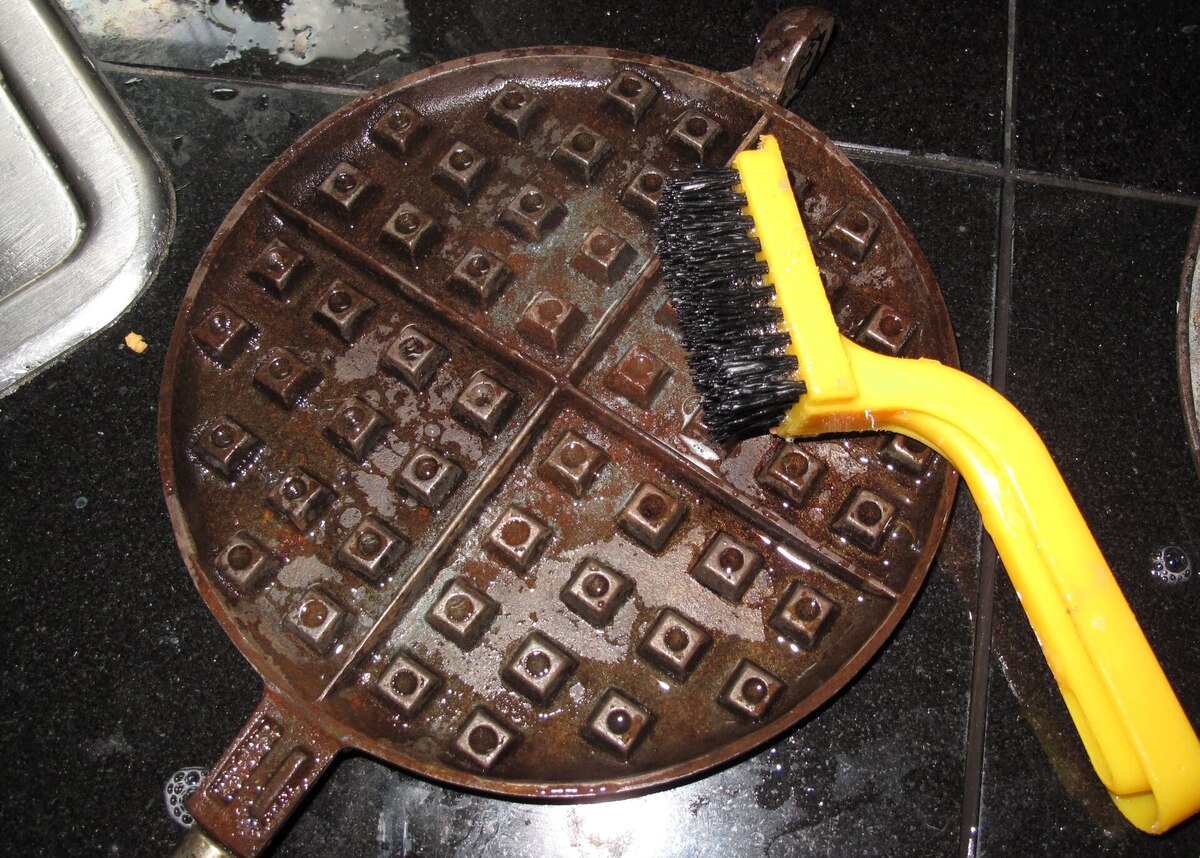
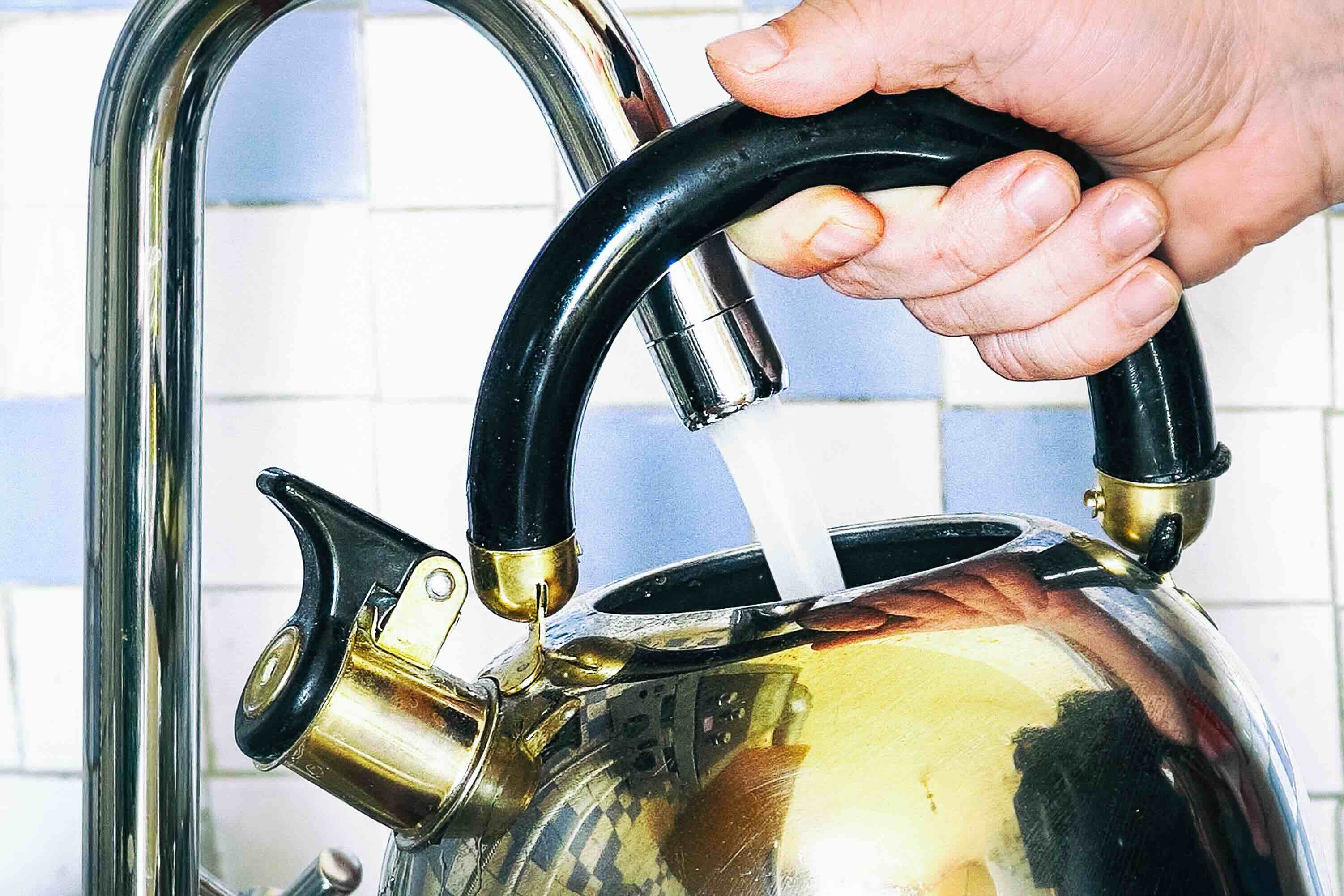
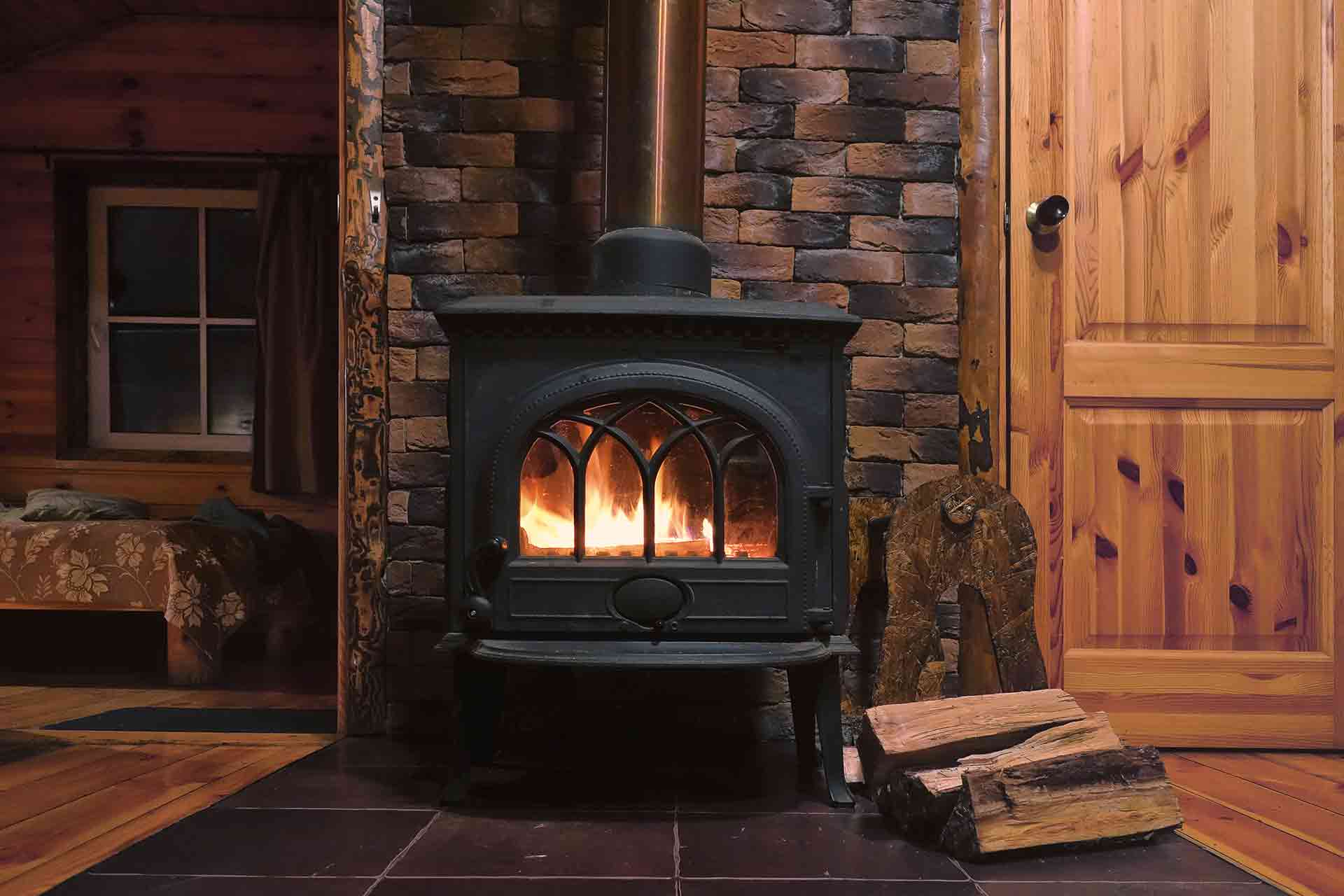
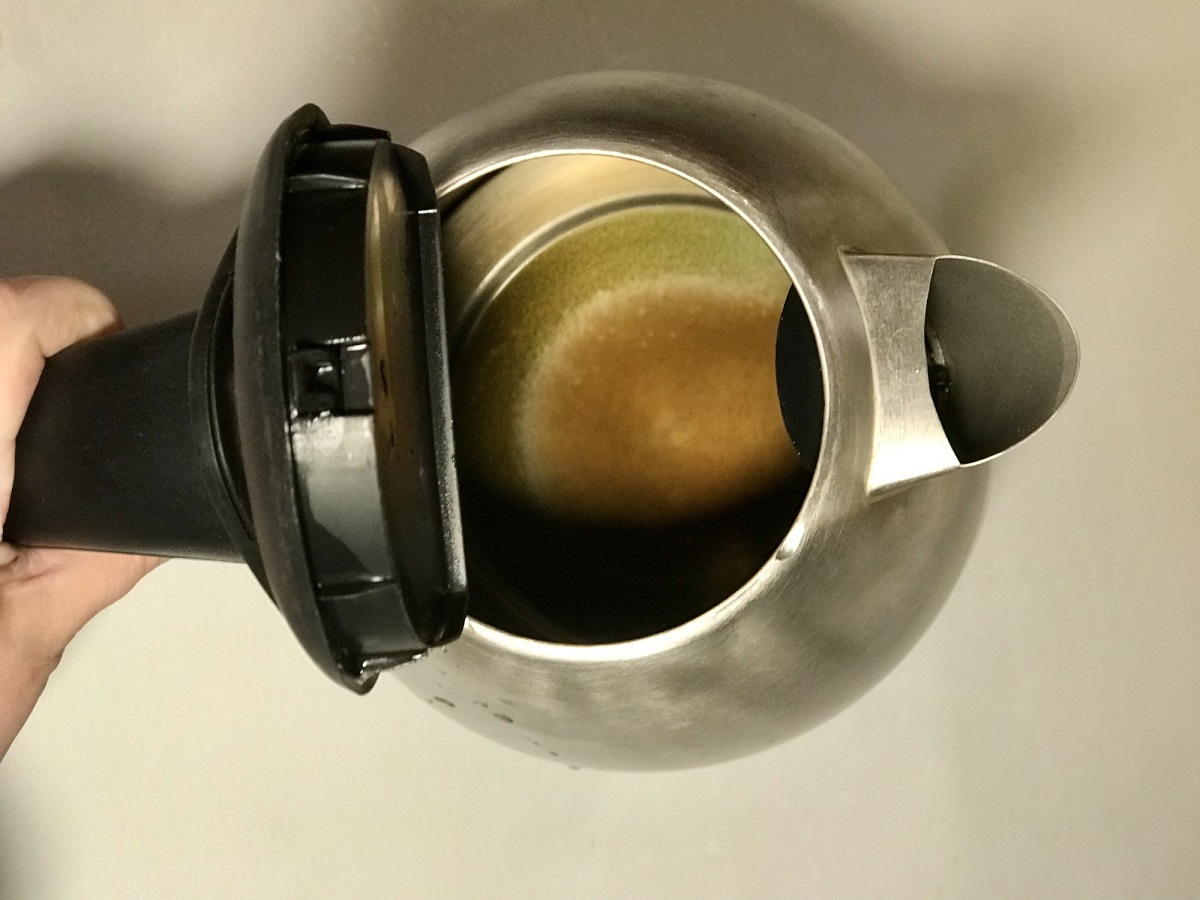
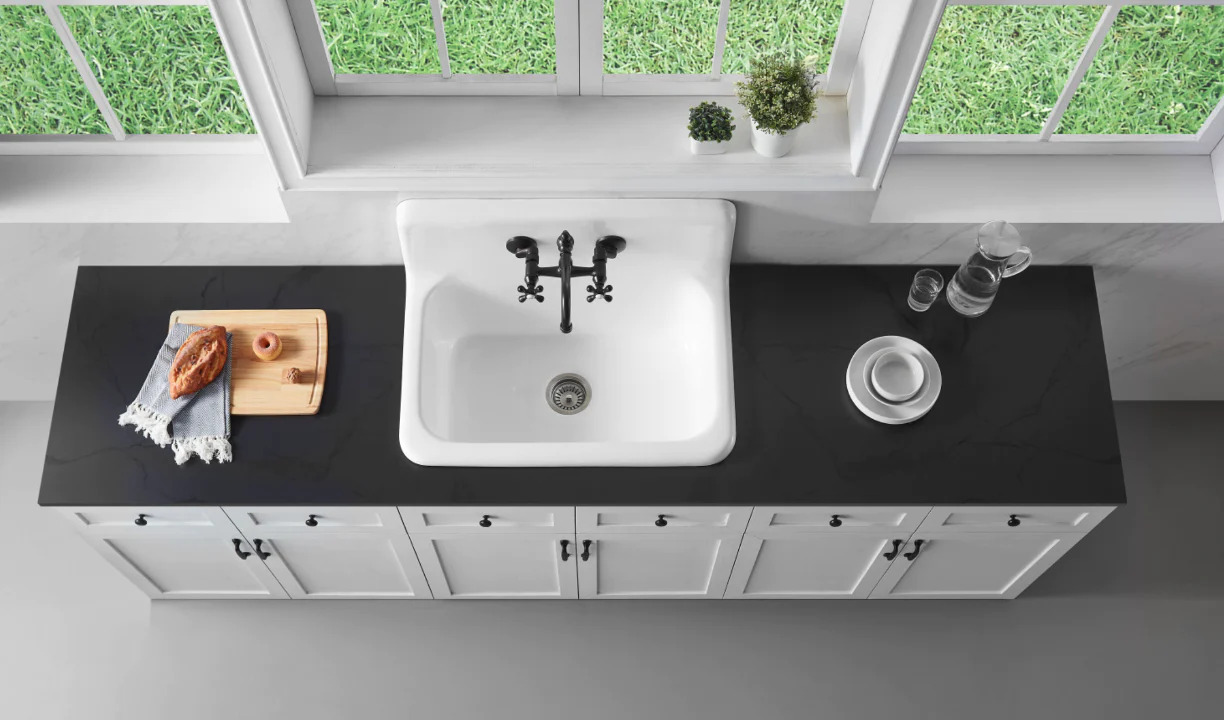
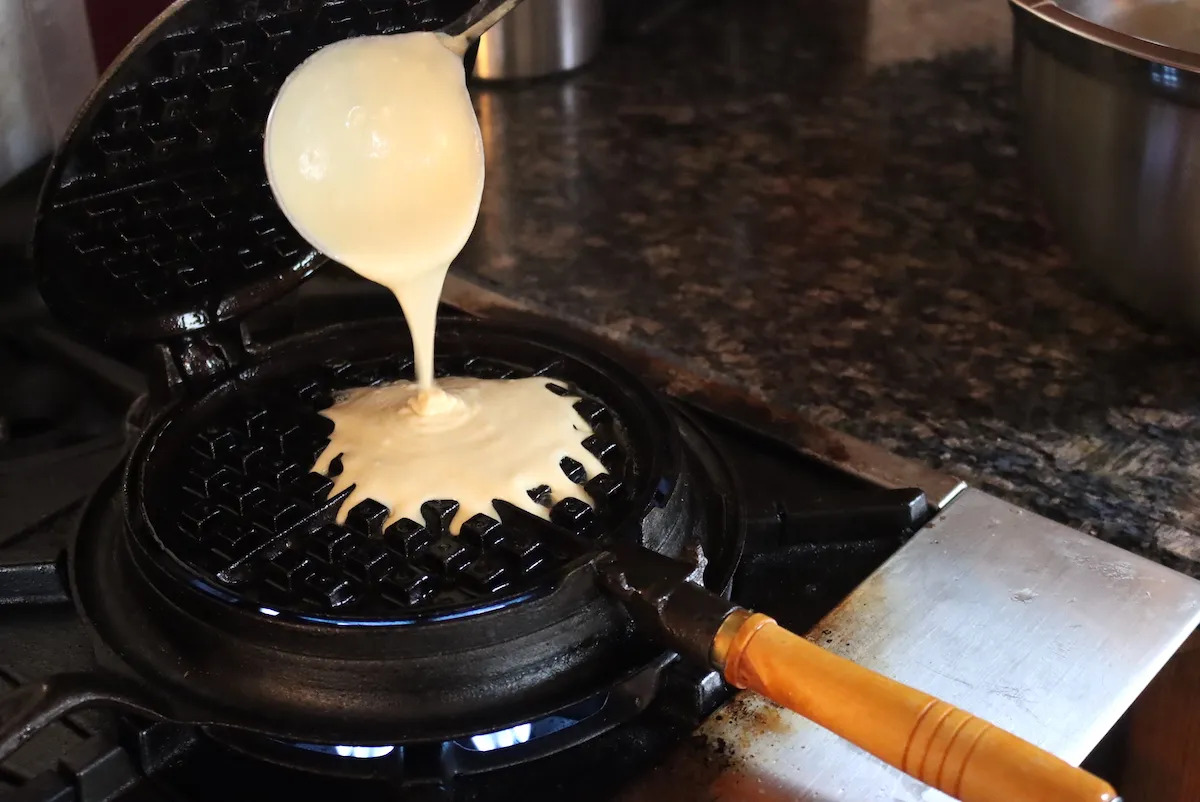
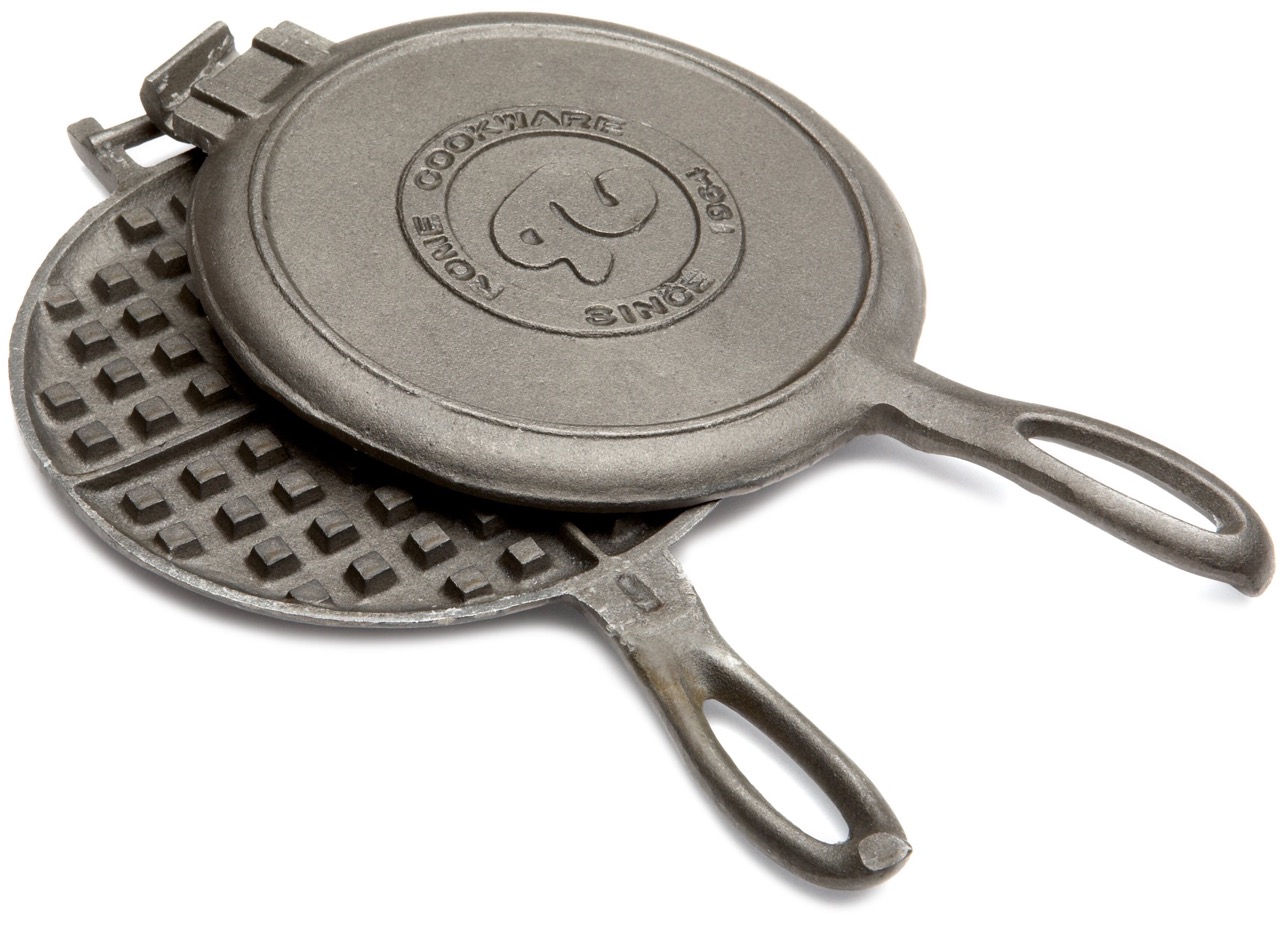
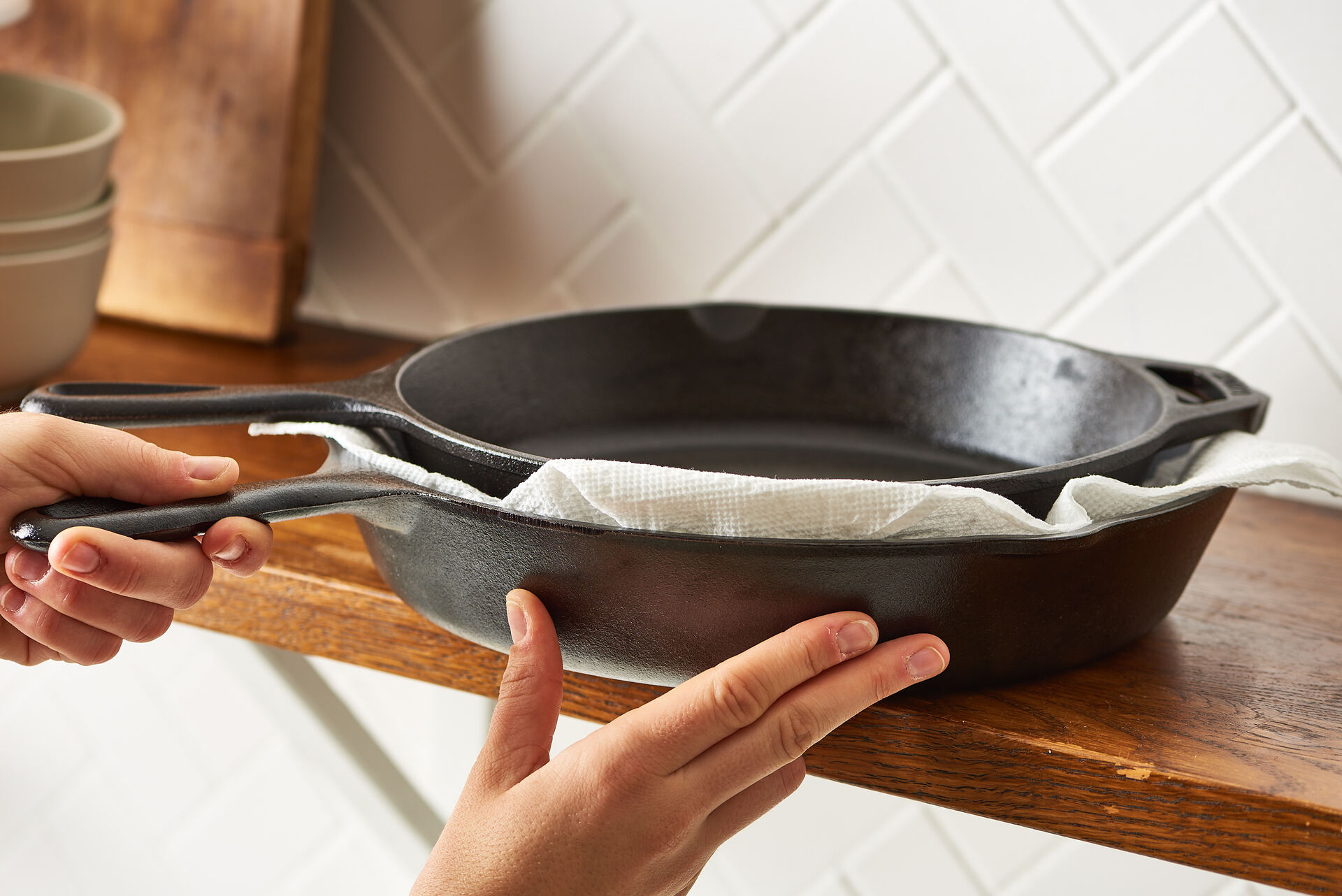
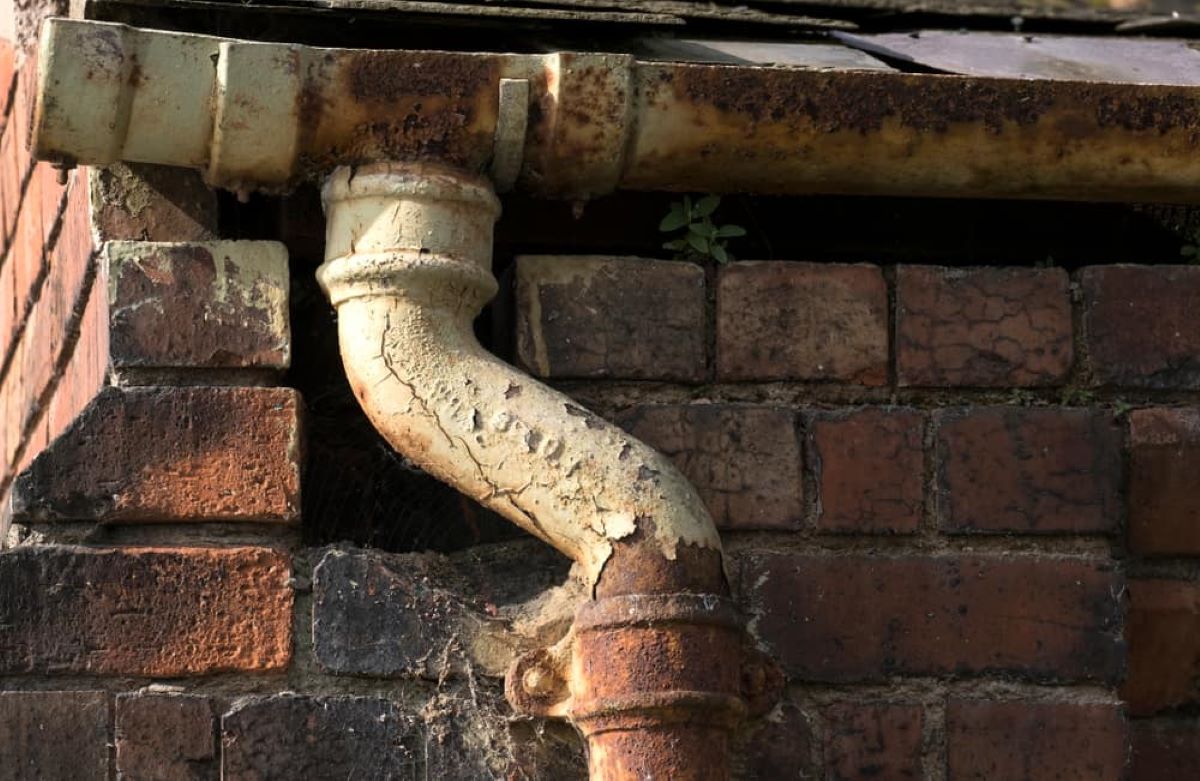
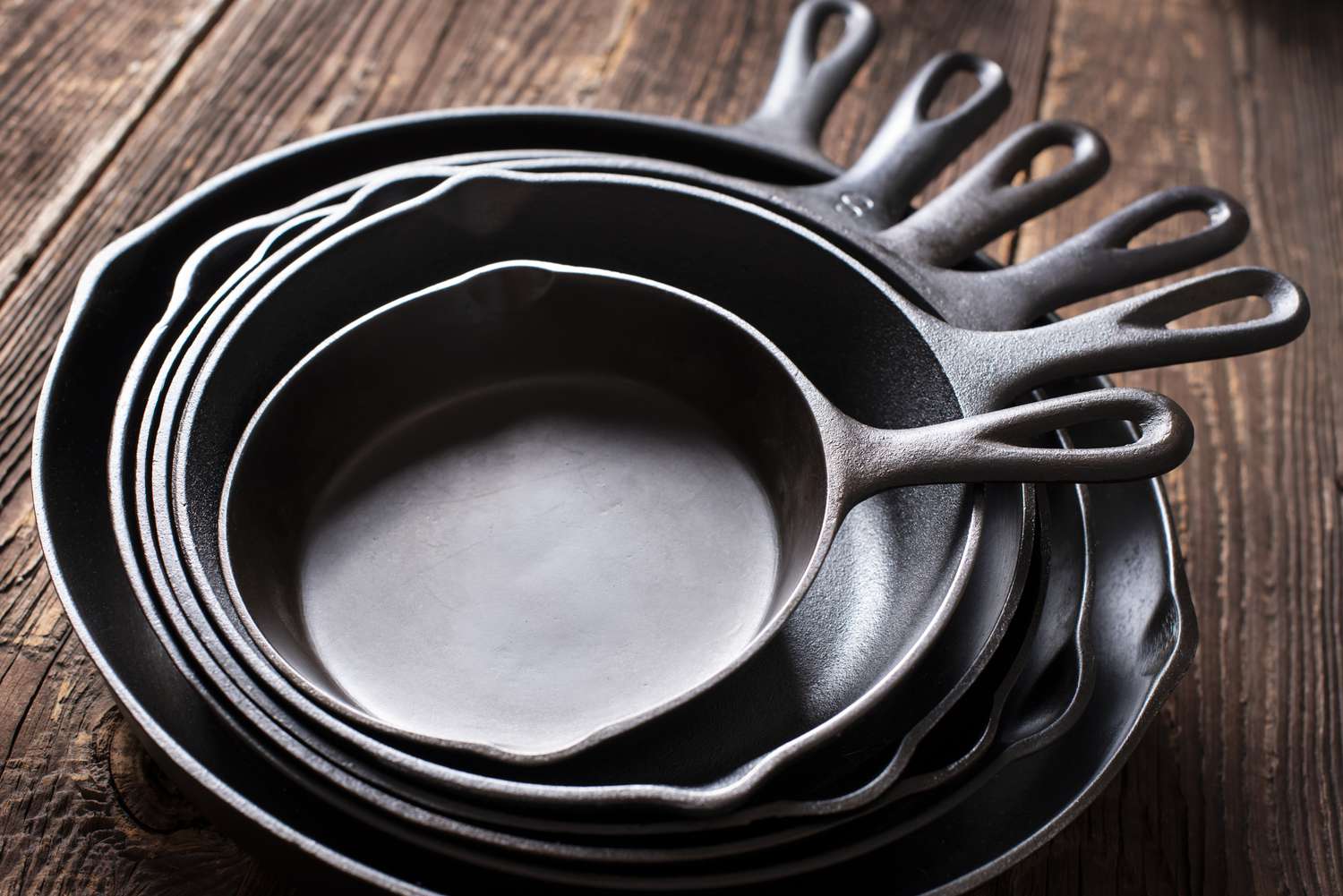
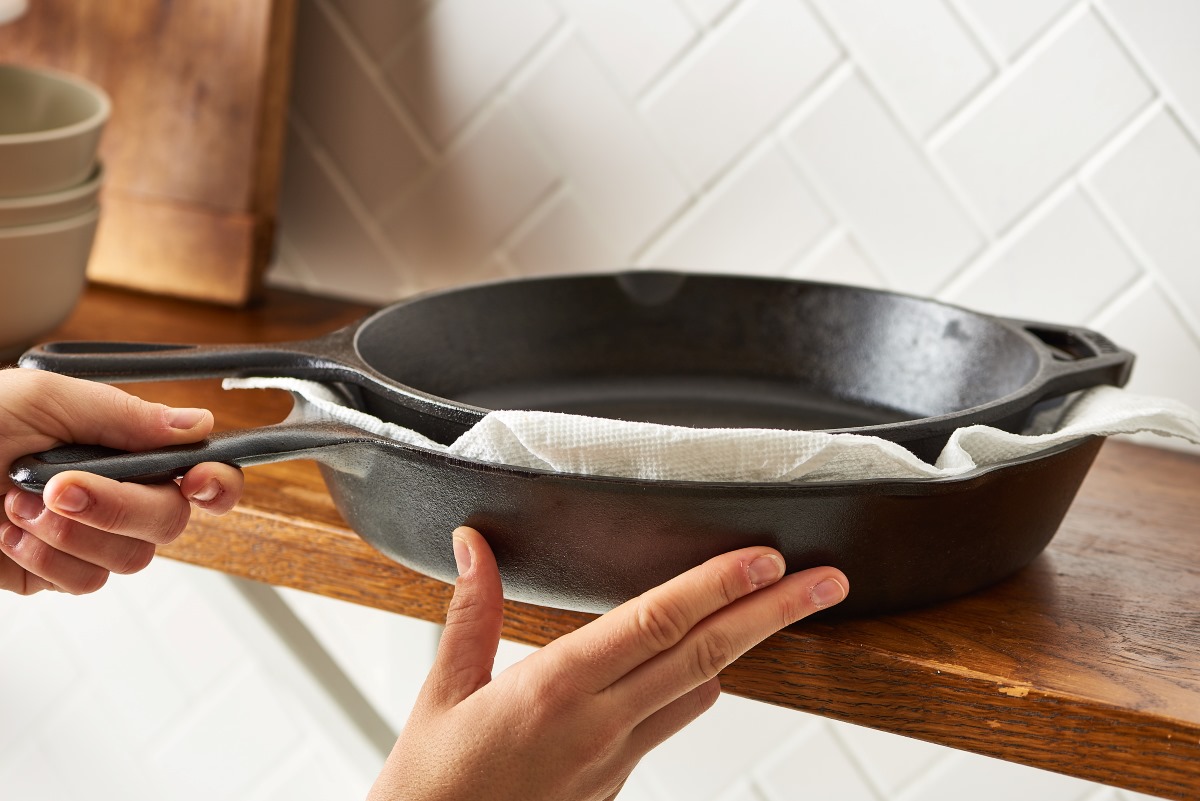
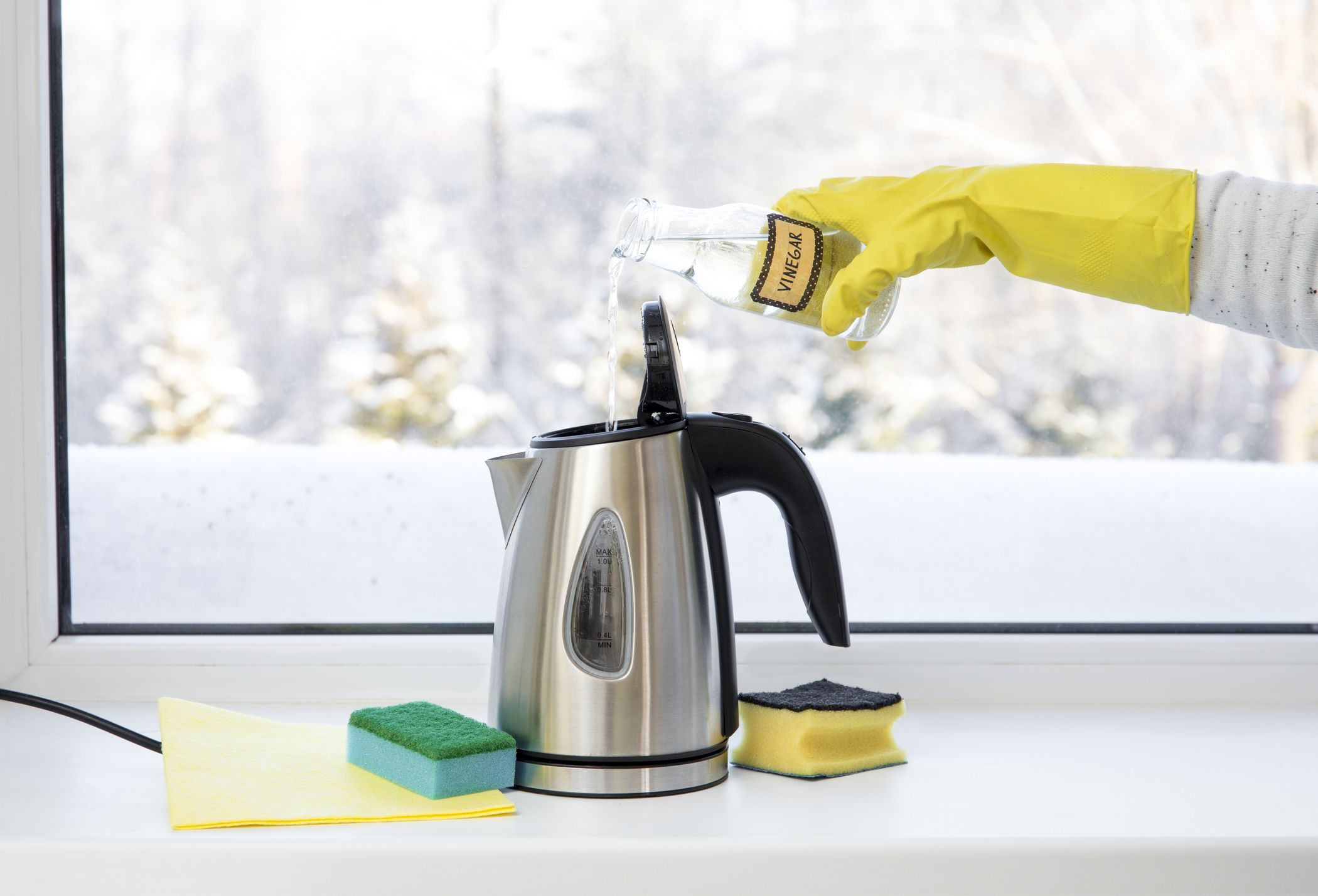
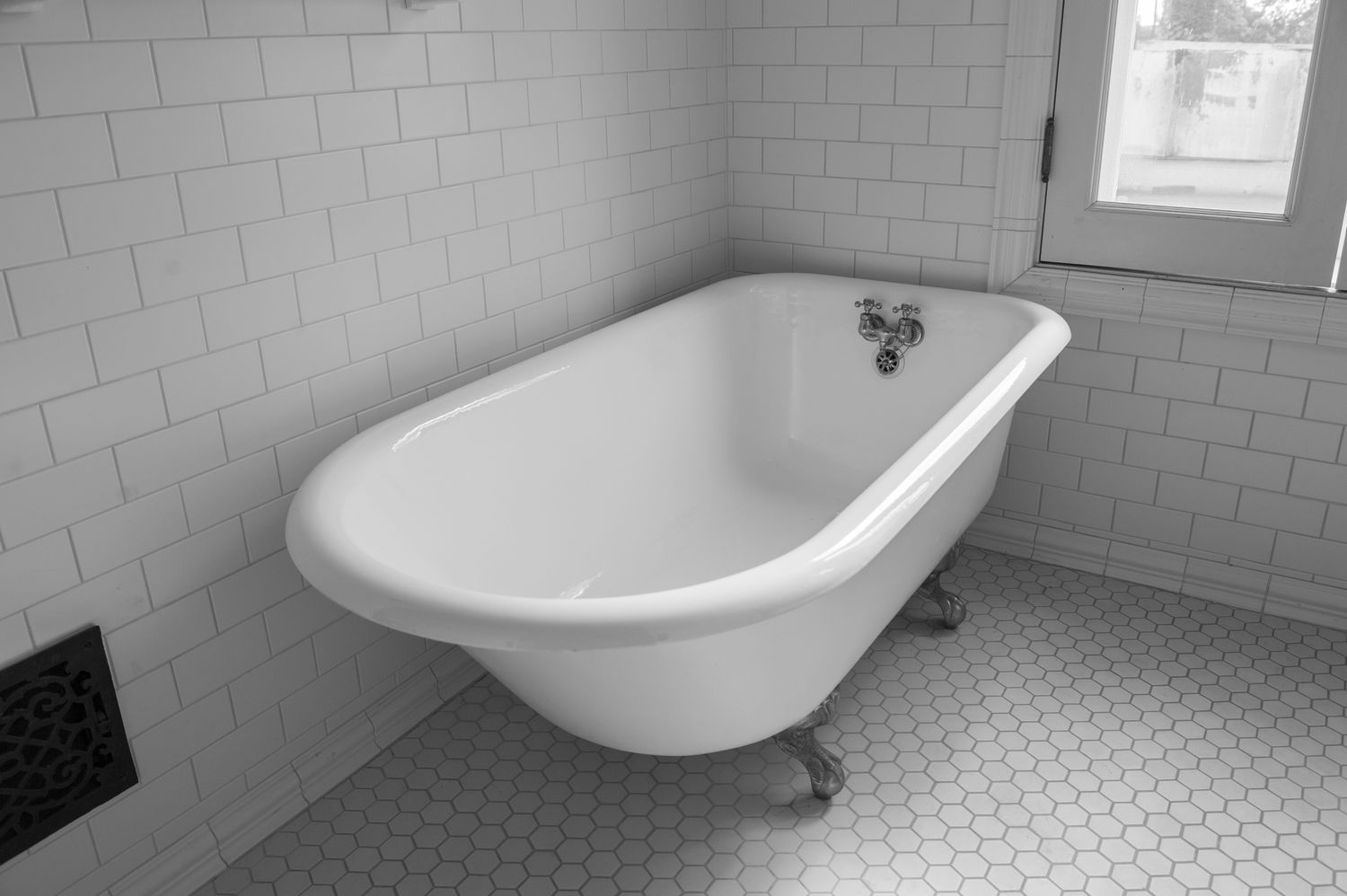
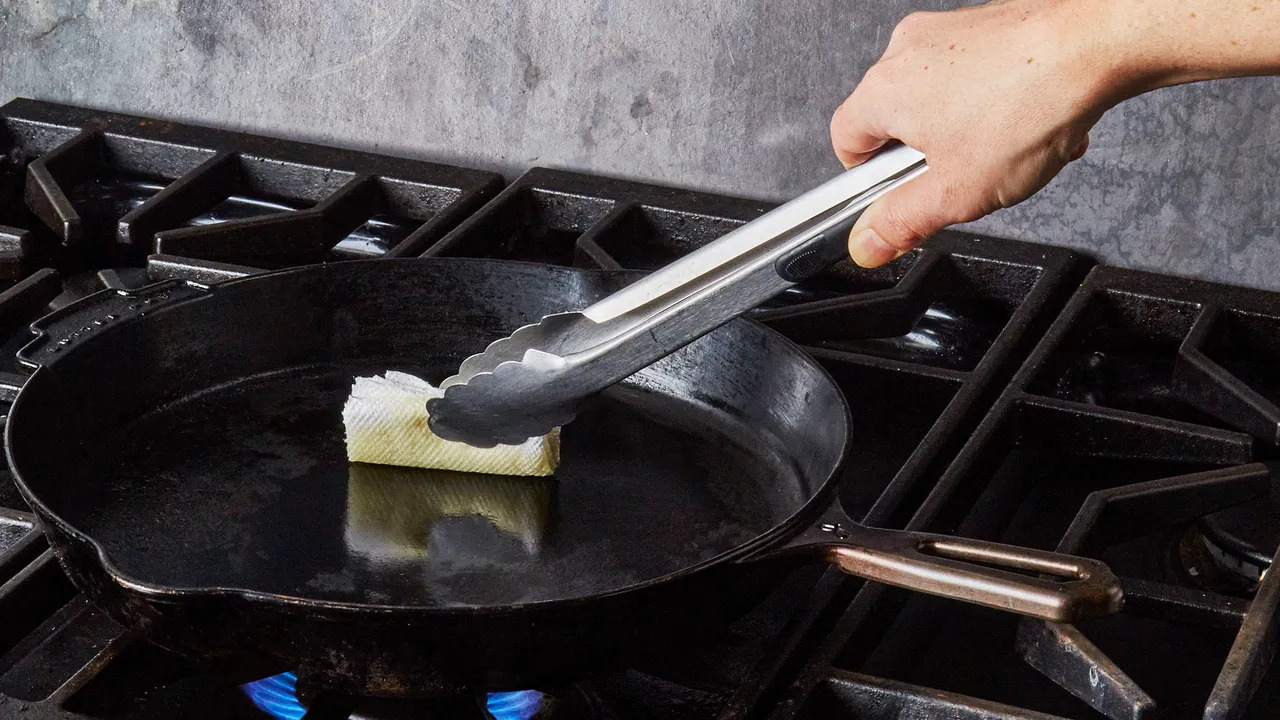

0 thoughts on “How To Clean Rust Out Of Cast Iron Kettle”